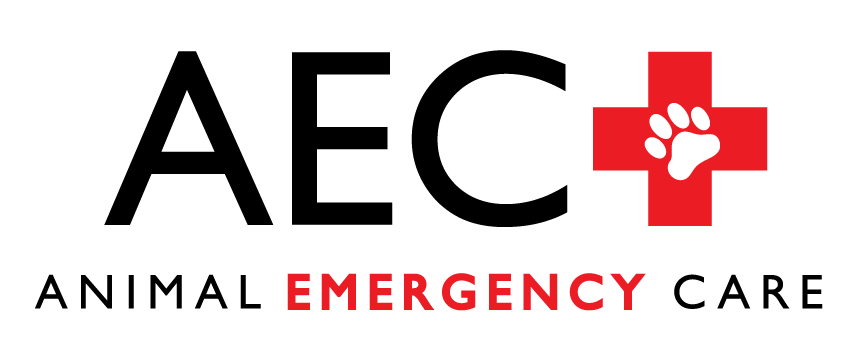As with people, a balanced diet is a key component of your pet’s overall health and wellness. Pets also have specific requirements to ensure their organs develop and function properly. These requirements vary among species and help ensure pets have adequate energy and maintain a healthy weight throughout their lifetime. Choosing the right diet and understanding how to properly feed your pet can be confusing, especially with the seemingly endless number of pet food options available. Our Animal Emergency Care team wants to ensure your pet is set up for nutritional success so we answer five common pet nutrition questions.
#1: What are pet essential nutrients?
Your pet’s diet should be complete and balanced for their life stage to ensure they receive the necessary nutrients for proper body development and function. Some pets like young puppies or kittens may require more essential nutrients to support their growing bones. However, feeding your senior pet a puppy diet can be dangerous and result in an excess of nutrients like protein, which can cause metabolic or digestive problems. Your pet’s six essential nutrients are:
- Water —More than 60 percent of your pet’s body is water and it is vital to provide them with access to clean, fresh water. Pets who live in warmer climates or who are more active may require more water for proper hydration and body function.
- Protein — Essential amino acids are the building blocks for protein and are a required component in your pet’s diet because their body is not able to make the necessary amounts. Protein is essential for cell growth, muscle repair and maintenance, and reproductive function.
- Fat — Fat is a good source of energy and is essential for skin and coat health, vitamin absorption, and insulation. It is also a key component in the proper regulation of inflammatory responses.
- Carbohydrates — Simple carbohydrates like glucose, and complex carbohydrates like fiber serve as a quick energy source and support intestinal tract health.
- Vitamins — Your pet cannot make essential vitamins so vitamins must be provided as part of their diet to ensure proper chemical reactions in their tissues and cells. Vitamins A, C, and E are critical because of their antioxidant properties.
- Minerals — Minerals such as calcium and phosphorus are important for bone and cartilage formation and support many metabolic functions.
#2: What do I look for on a pet food label?
The Association of the American Feed Control Officials (AAFCO) has established guidelines for pet food labels and balanced nutrition. Your pet’s food should be labeled complete and balanced which means it has either been through rigorous AAFCO feeding trials, or it contains all of the required nutrients needed to maintain their health. Pet foods that meet AAFCO standards will be labeled with the following:
- Product and brand name
- Species
- Quantity statement
- Guaranteed analysis
- Calorie content
- Ingredients list
- Nutritional adequacy statement
- Feeding directions
- Manufacturer name and contact information
#3: How do I choose the right food for my pet?
Your pet’s diet type, amount of food, and feeding frequency will change as they approach their grey muzzle years. While their nutritional needs will be variable, their diet should be specific for the following:
- Life stage — Your pet’s diet should be formulated for their age or their life stage including lactation and gestation, growth stage, adult maintenance, and senior years. For example, senior pets may require more nutrients to support their bones and joints.
- Climate —Pets who spend more time outdoors such as your exploring feline or canine exercise partner will need a more nutrient dense diet during colder months to ensure they have adequate insulation and can maintain their body weight.
- Activity level —Your four-legged workout partner likely will require more calories than your couch-cuddling feline to ensure they have adequate energy and maintain a healthy body weight.
- Medical condition — Food therapy is a common supplemental treatment and veterinary prescription diets are available to address a variety of medical concerns, including diabetes, kidney disease, and allergies.
#4: How do I know how much to feed my pet?
Your family veterinarian will evaluate your pet’s weight and nutritional needs during their preventive care examinations. AAFCO-approved diets will list calorie content per cup and daily recommended feeding instructions. Pet owners also can use this chart, which provides calorie range guidelines for your indoor pet. Pet obesity is an epidemic, and in 2018 the Association for Pet Obesity and Prevention reported that approximately 60 percent of cats and 56 percent of dogs were overweight or obese. Many pet owners use food and treats to show their pet affection, but too many treats can be dangerous and increase their risk for health problems such as arthritis and diabetes. Ensure that your pet’s treats do not make up more than 10 percent of their daily calorie intake.
#5: Should I feed my pet a grain-free or gluten-free diet?
The popularity of grain-free and gluten-free diets for humans has resulted in pet food companies creating similar products, and many pet owners wonder if their pets should be eating these limited ingredient diets. Gluten intolerance is rare in pets and feeding them a limited ingredient diet may result in a nutritional deficiency which can be harmful to overall organ and metabolic function. Recent research suggests that grain-free diets may be harmful to pets and may cause heart disease.
If you have questions about your pet’s nutritional needs, please reach out to your family veterinarian. Call Animal Emergency Care if your pet gets into trouble after hours.#AECprevents
Sources:
https://www.petmd.com/dog/slideshows/nutrition-center/choosing-best-dog-food
https://www.merckvetmanual.com/management-and-nutrition/nutrition-small-animals/dog-and-cat-foods
https://wsava.org/wp-content/uploads/2020/01/Nutrition-Label-USA-16_9.pdf
https://www.petpoisonhelpline.com/blog/top-five-pet-food-questions
https://todaysveterinarynurse.com/articles/fluid-calculations-keeping-a-balance


